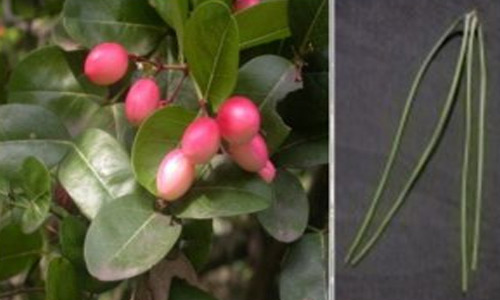We value your privacy
We use cookies to enhance your browsing experience, serve personalized ads or content, and analyze our traffic. By clicking "Accept All", you consent to our use of cookies.
We use cookies to help you navigate efficiently and perform certain functions. You will find detailed information about all cookies under each consent category below.
The cookies that are categorized as "Necessary" are stored on your browser as they are essential for enabling the basic functionalities of the site. ...
Necessary cookies are required to enable the basic features of this site, such as providing secure log-in or adjusting your consent preferences. These cookies do not store any personally identifiable data.
No cookies to display.
Functional cookies help perform certain functionalities like sharing the content of the website on social media platforms, collecting feedback, and other third-party features.
No cookies to display.
Analytical cookies are used to understand how visitors interact with the website. These cookies help provide information on metrics such as the number of visitors, bounce rate, traffic source, etc.
No cookies to display.
Performance cookies are used to understand and analyze the key performance indexes of the website which helps in delivering a better user experience for the visitors.
No cookies to display.
Advertisement cookies are used to provide visitors with customized advertisements based on the pages you visited previously and to analyze the effectiveness of the ad campaigns.
No cookies to display.
|
Division
|
Angiosperms |
|
Class
|
Dicotledons |
|
Subclass |
Gamopetalae |
|
Series |
Hypogynae |
|
Order |
Gentianales |
|
Family
|
Apocynaceae |
|
Genus
|
Carissa |
|
Species
|
congesta |

|
Etymology: |
Kryshina in Sanskrit means dark blue or black as the fruits are blackish blue and shrubs are called ‘ Krishnaphala’. In Malayalan it is called ‘ Karimulla’. It is derived from ‘ Kari’ black mullu, throns, referring to the black fruits and the presence of throns. |
|
Botanical name:
|
Carissa congesta Wight ( C. carandas Linn. var. congesta ( Wt.) Bedd. ) |
|
Local/Trade Names: |
Bengal Current, Christ’s Thorn, Karaunda. |
|
Conservation status: |
Commonly cultivated for its fruits. |
|
Digonestic features:
|
Much branched; fruits reddish-purple. |
|
Description: |
An evergreen much branched, fast growing tall shrubs or a small tree. Bark pale brown or grayish, not rough, spines simple or forked, up to 5 cm long. Leaves shiny, tapering at base, round at the apex with a mucro; new leaves red. Flowers pure white or tinged with pink, in terminal compound, corymbose – raceme. Fruit a berry, reddish purple, 2.5 cm ,long, pulp juicy, acidic. Seeds compressed, tapering towards base. |
|
Phenology: |
Fls.: February – March. Frts.: April – May. |
|
Distribution: |
Cultivated throughout India ; Sri Lanka, Myanmar and Malaysia. |
|
Where to see it: |
Near Energy Park. |
|
Uses: |
Ripe fruits sweet and edible, particularly suitable for tarts, puddings, and jellies; unripe ones pickled. Root stomachic and anthelmintic. Decoction of leaves given in remittent fevers. Wood used for making spoons and combs. Because of the thorny nature, the tree is planted for fences; also tusser silk worms feed on it. |
Chief Conservator of Forests & Chief Wildlife Warden is the Head of the Department. There is one post of Conservator of Forests & two posts of Deputy Conservator of Forests viz.